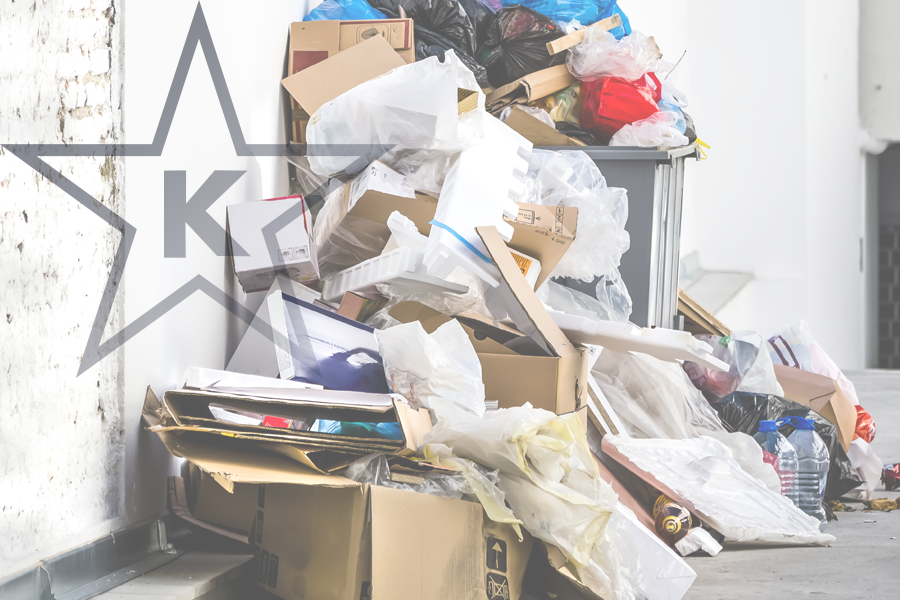Almost every time I enter a supermarket, I marvel at the wide variety of fresh and frozen fruits and vegetables, as well as a plentiful assortment of epicurean delights. If someone were to call their market “Gan Eden” – in the secular sense – they would be right.
Before consuming our supermarket delicacies, we must give proper consideration to an important shaila: What is the correct brocha for this food? Many times, this is not an easy question. After all, there are so many aspects of birchos hanehenin1 to keep in mind. How does it grow? Is it processed? Is one of the chameishes minei dagan (five special grains) present in a halachically meaningful way? What part of the food is the ikar (primary) to me? Do I need to recite a brocha if I already said the same brocha on a different food? What if I decided I was […]








 STAR-D
STAR-D STAR-S
STAR-S